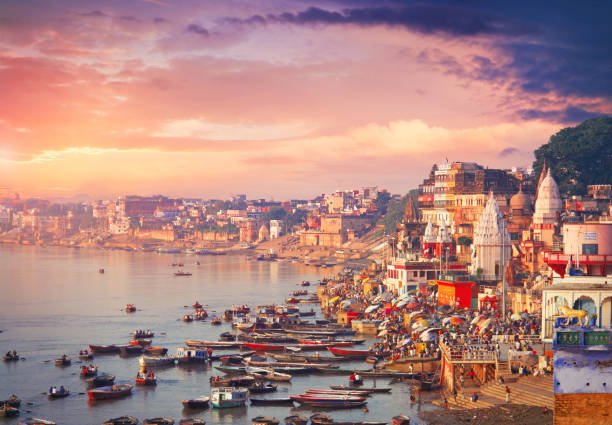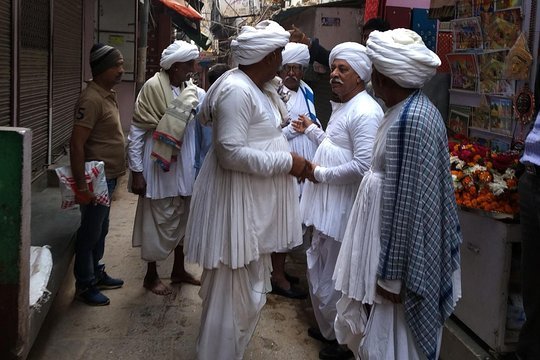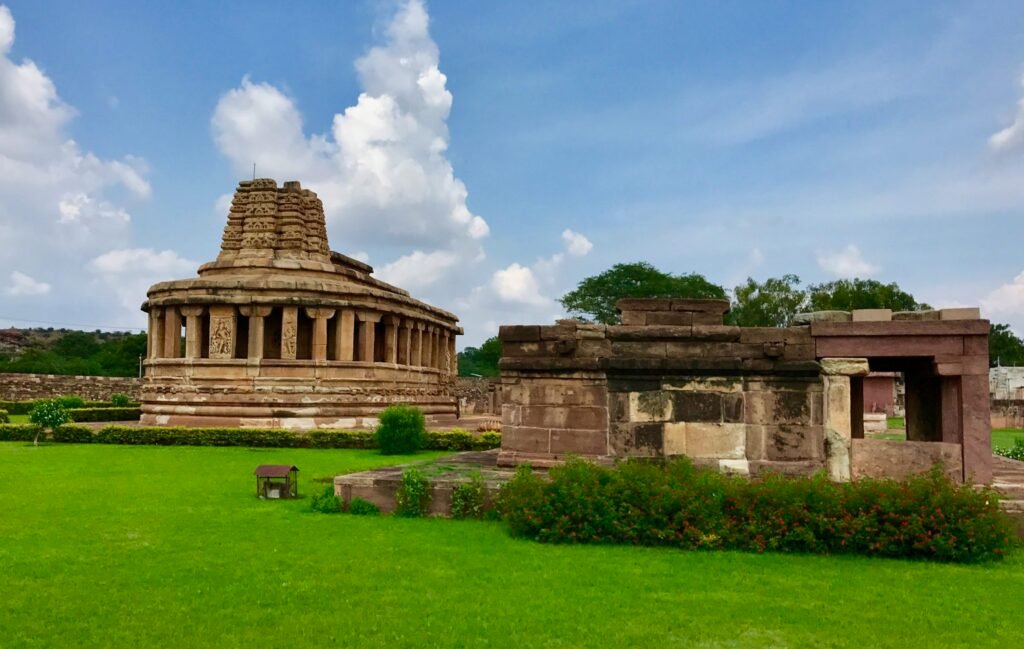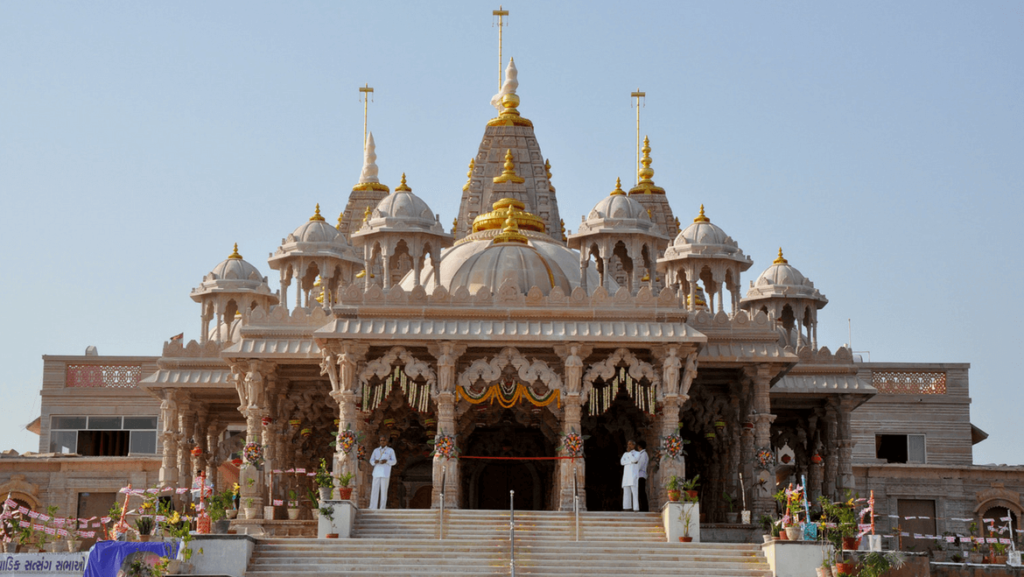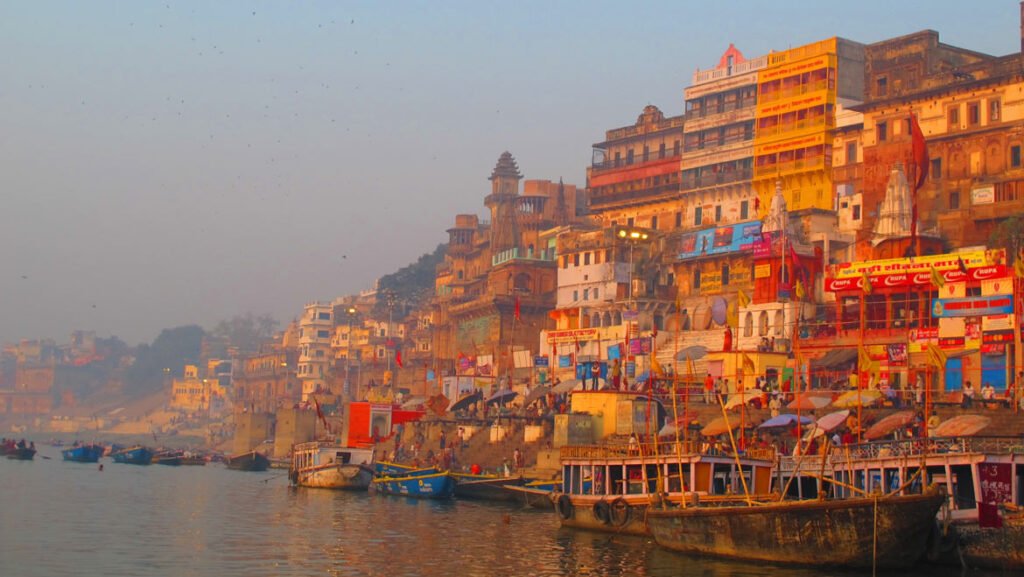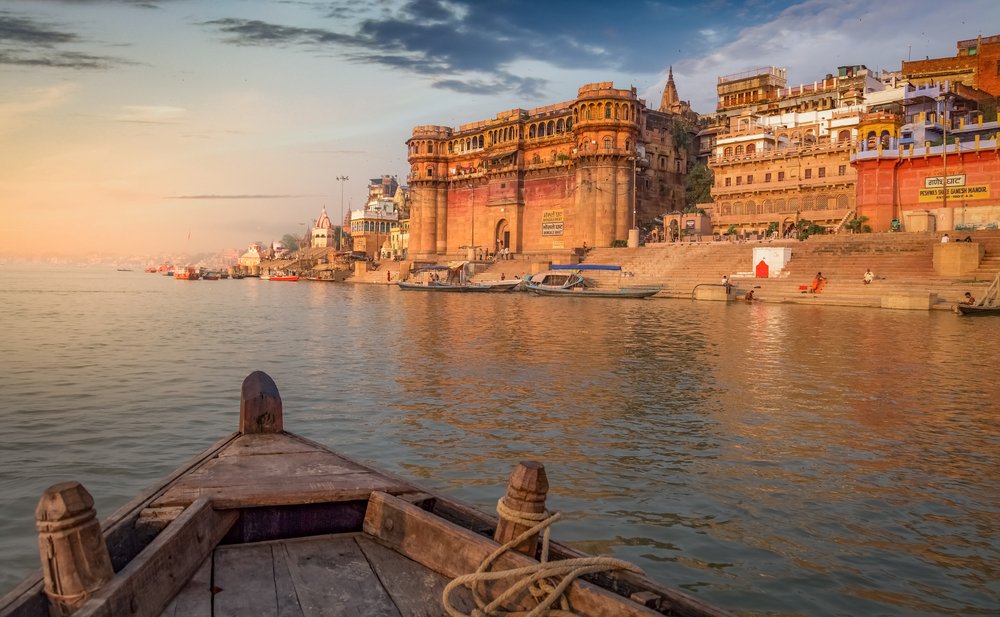Varanasi
Also called Benaras, Avimukta or Kashi, this ancient city is the spiritual heart of India. Considered the dwelling of Lord Shiva and Parvati, it is home to the sacred river Ganges, various ghats and temples. It is called the City of Lights and is renowned for the fine silk called Benaras and its trade and is the hottest spot for pilgrimage among Hindus for moksha or enlightenment.
It is believed that those who repent their sins in the holy water of the Ganges get liberated from the cycle of rebirths in the afterlife. The oldest inhabited city in India, it is believed to be 3000 years old and located along the banks of the famous River Ganges in the state of Uttar Pradesh, in North East India. Also, see must visit 30 Things to Do in Your North East India Tour.
River Ganges is considered holy and hold the power of absolving all of one’s sins. As the scriptures and tradition dictate, every good deed that one does or any sacrifices that one offers here or any prayers that speak here will reap their benefit a thousand times here than in any other places.
Such is the power and influence of Varanasi. It is believed that three nights of fasting can reap you rewards of many thousands of lifetimes of asceticism.



